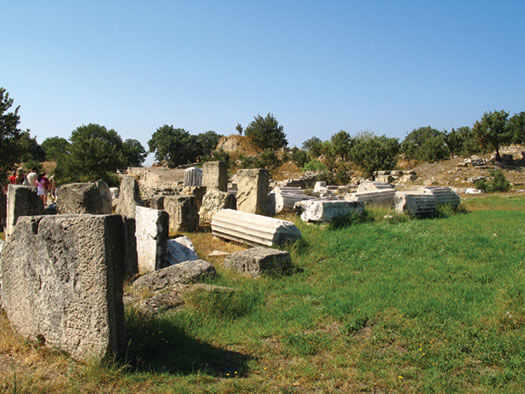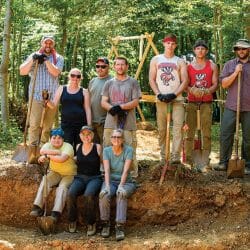Destination Troy
UW experts in classics, physics, and more will explore the ancient site.
Although continuously occupied for more than four thousand years until its abandonment in the thirteenth century, the fabled city of Troy was lost in time and myth until rediscovered in the 1870s by the eccentric and worldly Heinrich Schliemann, a German businessman and amateur archaeologist. The outlines of the lost city have emerged from the dust through a series of archaeological expeditions, mostly German, mounted off and on since Schliemann’s day.
But Troy and its environs remain, for the most part, unexplored. The Troy site, in modern-day Turkey, is actually a layer cake of cities, with at least ten ancient metropolises superimposed one atop the other. Some bear evidence of violent destruction, giving heft to the idea that Homer and Virgil were writing about actual historical events when they wrote about the adventures of Achilles, Odysseus, and Aeneas.
Beginning this year, Troy may give up more of its secrets as UW scholars launch a broad, interdisciplinary expedition to the ancient site and deploy a suite of powerful, new scientific techniques to wring more information from artifacts and the very ground of Troy itself.
“Although the site has been excavated in the past, there is much yet to be discovered,” explains William Aylward, a UW classics professor and the organizer of the new expedition, which will be conducted under the auspices of Turkey’s Çanakkale Onsekiz Mart University.
The foray to Troy, which will be covered in a future issue of On Wisconsin, promises to be the most comprehensive yet. Wisconsin researchers — from fields such as physics, medical microbiology, soils, and biochemistry — are aligning to explore the fragmented physical record of an ancient crossroads.
Published in the Spring 2013 issue




Comments
No comments posted yet.